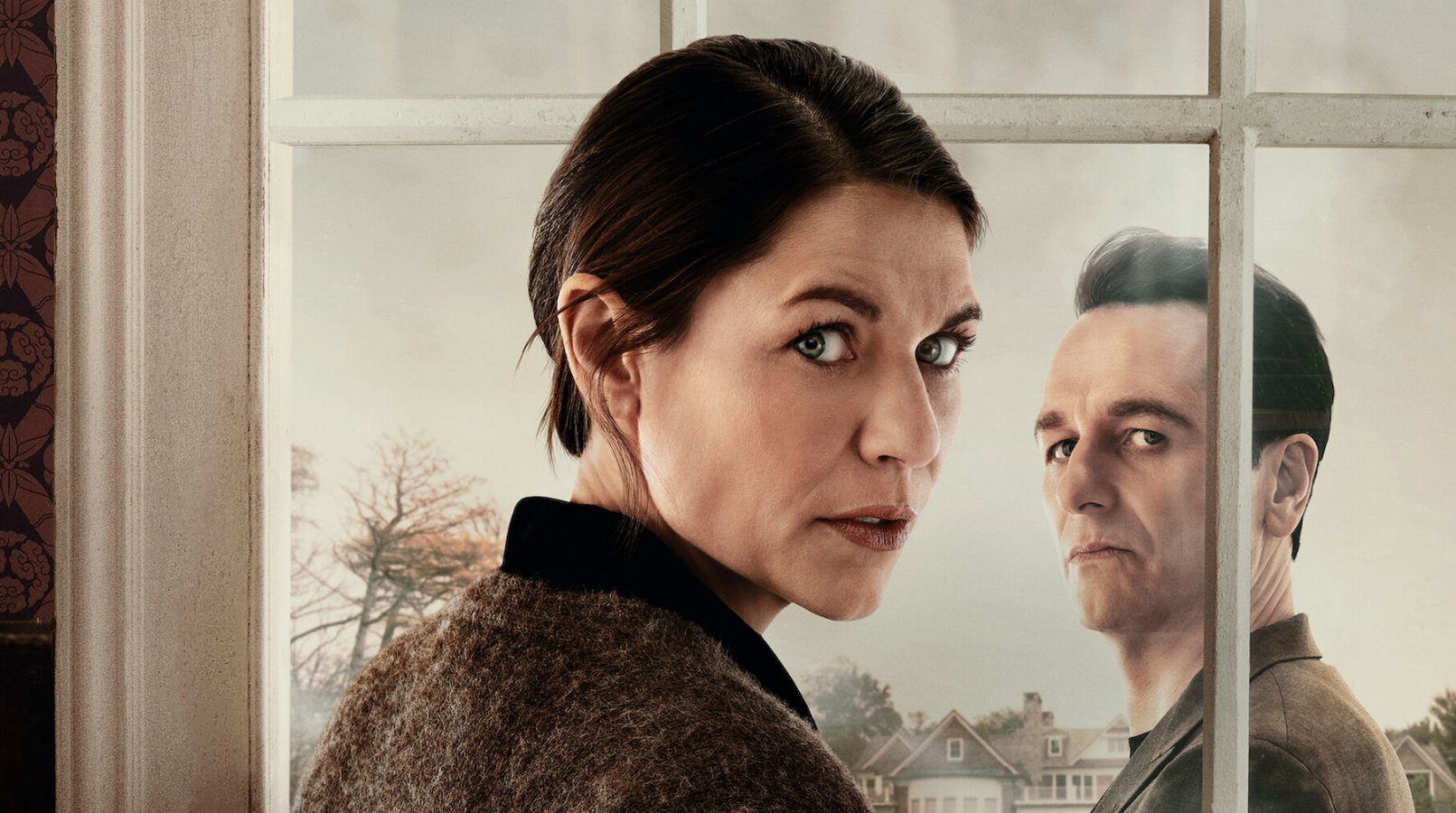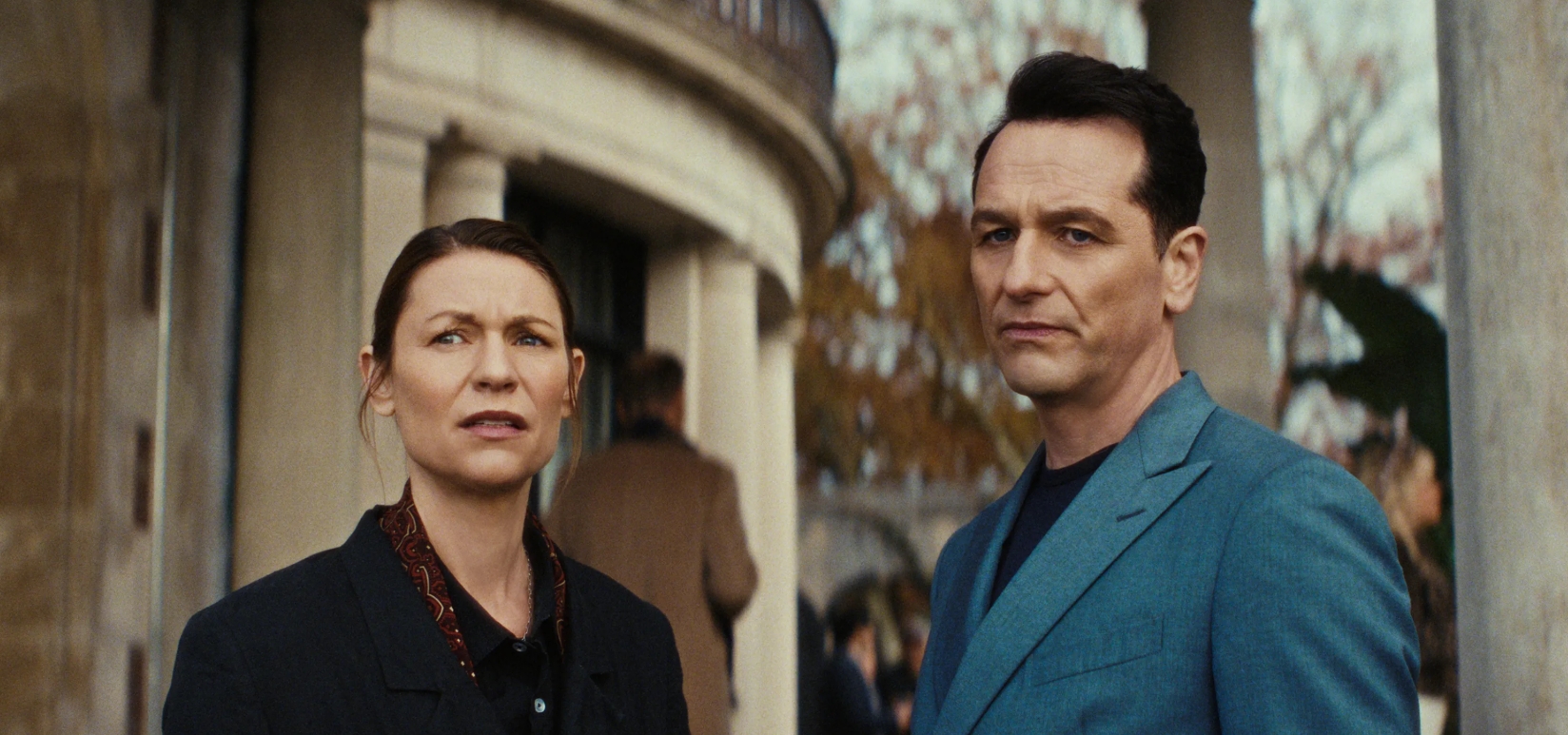Celebrity interviews used to follow a predictable script — polite questions, polished answers, and very few surprises. But in recent years, a cultural shift has redefined how stars connect with audiences. Suddenly, conversations about film and fame are taking place over fried chicken, wings, or traditional British comfort food. What began as a creative experiment has evolved into a new media genre — one that mixes entertainment, authenticity, and appetite to serve up something fresh in a world saturated with celebrity content.
At a time when traditional talk shows have lost their luster and social media dominates public conversation, creators are searching for novel ways to make interviews engaging again. The formula is deceptively simple: take a celebrity out of the sterile studio setting, sit them down with an unconventional host, and let real personalities emerge over shared food. From spicy challenges to heartfelt moments between bites, this fusion of culinary curiosity and pop culture has reshaped how audiences experience fame.
The birth of a new kind of conversation
The success of these food-centric interviews isn’t accidental. They blend two of the internet’s biggest obsessions — celebrity culture and food entertainment — into one irresistible package. Unlike traditional interviews, where guests are guarded and rehearsed, these setups break down barriers. When a host and celebrity are sweating through spicy wings or sharing a plate of nostalgic dishes, something human emerges: laughter, vulnerability, and genuine connection.
It’s not solely the cuisine that alters the atmosphere—it’s the surroundings. The dining surface transforms into a neutral territory where power structures diminish. Regardless of whether the guest is an Academy Award recipient or an emerging music sensation, the interaction feels more equitable. This fosters a feeling of closeness that connects with audiences seeking genuine experiences. Spectators aren’t merely learning about a celebrity’s upcoming endeavor; they are observing authentic responses, impromptu revelations, and unscripted wit that would never emerge during a conventional press event.
The allure stems from its inherent unpredictability. Food serves as both a source of solace and a driver of disorder—a trigger for spontaneous occurrences that underscore for viewers that public figures are, ultimately, individuals navigating life’s common experiences, just like anyone else.
The evolution of food into a vehicle for genuine expression
The rise of culinary interviews can be traced to a growing cultural appetite for “realness.” In the age of meticulously curated online personas, people are drawn to content that feels raw and unfiltered. Eating, with all its messiness and sensory reactions, is inherently human. It disarms even the most media-trained personalities.
Shows such as Hot Ones were instrumental in establishing this format, transforming awkwardness into humor and authenticity. Observing famous personalities struggle with progressively hotter chicken wings while trying to answer questions generates a dynamic that is both amusing and insightful. The mere act of consuming food shifts the interview from a mere promotional activity to a communal event. Rather than polished statements, viewers witness genuine instances—an unexpected chuckle, an expletive, or a personal thought uttered between mouthfuls.
Other programs have followed suit, using food as a storytelling tool rather than a gimmick. From casual kitchen chats to culinary explorations of personal heritage, hosts are finding inventive ways to make meals the gateway to deeper conversation. These interviews satisfy more than curiosity; they fulfill an emotional hunger for connection in an era of digital distance.
A mirror of evolving media habits
Audiences today consume content differently. They scroll quickly, crave novelty, and reward authenticity over polish. Traditional talk shows — once the dominant stage for celebrity storytelling — struggle to hold attention spans in a landscape where engagement depends on emotional resonance and shareability. Food-based interviews adapt perfectly to this rhythm. Each episode offers bite-sized humor, striking visuals, and a format that encourages rewatching and online discussion.
Moreover, the integration of humor and discomfort in these formats mirrors the broader evolution of digital storytelling. Viewers no longer expect flawless performances; they want to see cracks in the façade. Whether it’s a famous actor tearing up from spice or a singer laughing uncontrollably at a messy meal, these imperfections make them relatable.
Platforms like YouTube, TikTok, and streaming services have amplified this trend, allowing shows to build massive global audiences without relying on traditional networks. What was once a niche internet experiment has become a mainstream cultural phenomenon — one that even major studios now use to promote films and music releases in a more organic way.
The enterprise of personal identity and brand development
Behind the scenes, this new style of interviewing has also become a strategic tool for personal branding. For celebrities, participating in these casual, food-driven formats offers a chance to shape public perception beyond red carpets and press tours. A star who shares their favorite comfort food or opens up about their childhood memories over a meal becomes more approachable and multidimensional.
This approach aligns perfectly with modern marketing strategies that prioritize authenticity and relatability. Brands, too, have noticed. Partnerships between food companies, streaming platforms, and production houses have turned these shows into lucrative ventures. The intersection of taste, personality, and entertainment creates endless opportunities for cross-promotion — from limited-edition sauces to viral social media challenges.
However, the best versions of these interviews maintain a balance between entertainment and sincerity. The key to their success lies in chemistry, timing, and respect for the guest’s comfort. When hosts focus on creating a genuine atmosphere rather than forcing viral moments, the result is storytelling that feels effortless and meaningful.
The enduring appeal: What keeps audiences returning
What makes this format endure is its emotional flavor. In an entertainment landscape dominated by algorithms and performance, watching two people share a meal feels refreshingly human. There’s something universally bonding about food — it transcends status, language, and background. When celebrities partake in that ritual, it breaks down the invisible wall between fame and everyday life.
Moreover, the shared laughter, occasional awkwardness, and moments of sincerity create a sense of community among viewers. Each episode invites the audience to the table, not just as spectators but as participants in a collective experience. Fans discuss favorite moments, try to replicate recipes, and engage with the content as if they, too, are part of the conversation.
As long as humans connect over meals, the appetite for this kind of storytelling will remain strong. It’s a reminder that even in a digital world, some of the most meaningful conversations still happen over something as simple — and delicious — as food.
The evolution of celebrity storytelling
The evolution of celebrity interviews into gastronomic adventures signifies a wider change in the portrayal and reception of renown. We are observing the fading of meticulously crafted narratives and the emergence of shared openness. The traditional microphone has been supplanted by a dish; the studio lights by the ambient glow of a kitchen or a restaurant booth.
This evolution speaks to a cultural desire for proximity — not just to know about stars but to feel like we’re sitting beside them, laughing and eating together. In this new landscape, authenticity isn’t just a buzzword; it’s the main course.
As long as inquisitiveness, inventiveness, and a shared meal persist, celebrity discussions will keep transforming — one taste, one narrative, and one authentic instant at a time.





